Last updated: 11 July 2023
Soho is home to some fantastic Spanish restaurants in London that serve Catalan cuisine many of which are just perfect for a Correbars.
We went on a Correbars in Soho, which is essentially the Catalan equivalent of a bar crawl. Going from place to place having a drink and some tapas before packing up and moving along to the next.
[lwptoc]
Catalonia
The appeal of Catalonia as a destination has been well known for decades. A little over 32,000 sq/km in size, 580km of coastline which is home to many Blue Flag beaches for the quality of the water, stunning fine sand beaches of Costa Daurada and the charming caves of Cadaqués on the Costa Brava which served as home and inspiration for Dali.
Home to a varied landscape of mountains, sand, sea and snow the region is blessed with 300 sun-filled days every year and mild climate all year around. The rugged Pyrenees to the North, and some charming farmed fields, quaint villages and plains to the South, with such geographic diversity, Catalonia produces a variety of fresh, high-quality food such as meat, seafood, fresh fruit and vegetables. In a nutshell, it’s a region that needs to be savoured.

The Slow Food group was founded to promote the philosophy of eating local and in-season produce. Supported by more than 45 Gastronomic Hotels across Catalonia, the movement is taking hold with Catalan cuisine groups protecting their gastronomic heritage by coordinating events to promote local ingredients like rice and truffle.
This combined with the culinary creativity of world class chefs like Ferran Adrià, with his five time winner of the world’s best restaurant, El Bulli (which closed in 2011), and the Roca brothers restaurant with El Celler de Can Roca in Girona which has been listed in the top three restaurants in the world have surely helped put Catalonia on the map for foodies.
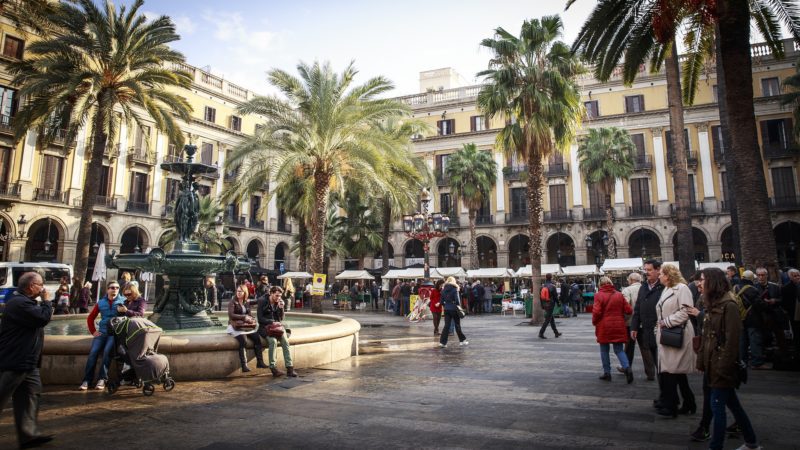
Catalan Cuisine
Ham and pork is the main protein and forms the base for many Catalan dishes, much of which is based around a Mediterranean diet. Dominated by grains, vegetables, accompanied with meat and/or fish seasonal produce, olive oil and nuts, the movement is so important to society that it’s listed on the Intangible Cultural Heritage Lists for UNESCO. Given the variety of the region’s spectacular produce, it’s not hard to see why the Mediterranean diet is the perfect fit for Catalonia.
Your Soho Correbars – Catalan Beverages to Sip
- Craft beer
- Vermouth
- Cava
- Wine
Craft Beer
Spain is known as a wine producer, but who knew that Catalonia is home to a thriving craft beer scene!
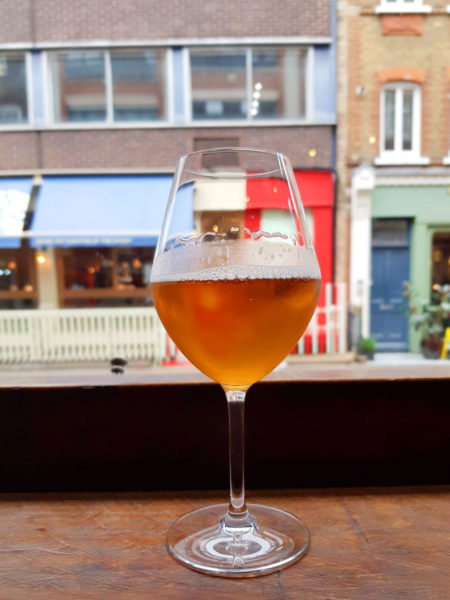
With the number of local craft microbreweries increasing, more local and international visitors are flocking to the region. It’s more than just the taste that’s bringing the visitors, it’s the passion of the producers who have turned their hobby, once holed up in the ‘garages’ brewing small batches, into a full scale production.
What can you expect from Catalan craft brewers?
Many brewers use local flavours from local ingredients like citrus fruits, peppers, figs and even mushrooms. Hops are grown across the whole region, producing herbal, citrus, and spicy undertones. The finished product is lightly sparkled with a creamy head, fruity flavours and a slightly bitter refreshing finish.
Where to get it in London? Copita.
With a casual atmosphere, with informal dining on high stools and standing-height tables, Copita offers a relaxed and upbeat atmosphere.
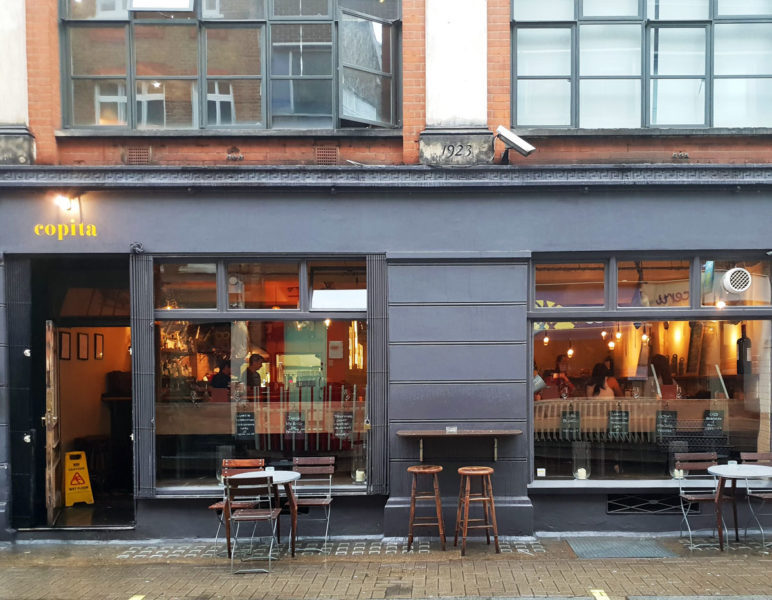
Numerous beers available to sample, we suggest ordering a few experimenting your way through the list without hesitation or struck by indecision. Be sure to order some accompanying tapas dishes for the true Catalan style. Want suggestions of what to eat? – Keep Reading!
Vermouth
Vermouth is not just a noun. In Catalan, it’s also a verb. Fer un vermut broadly means “to go get a drink”, but it refers to more than just the drink itself. There’s a whole ritual surrounding it, the basis being to “open the appetite” before a big meal. Much like an aperitif, a drink and tapa before lunch, usually in Summer, and with friends. The concept is enjoying a true revival in Catalonia and how this craze hasn’t caught on in London baffles me!
Vermouth is served cold, refreshing against the oppressive Catalan summer heat, it’s poured over ice and often garnished with an olive and a wedge of orange and an accompaniment of various pickled dishes like smoked fish, olives, capers, anchovies and escabeche.
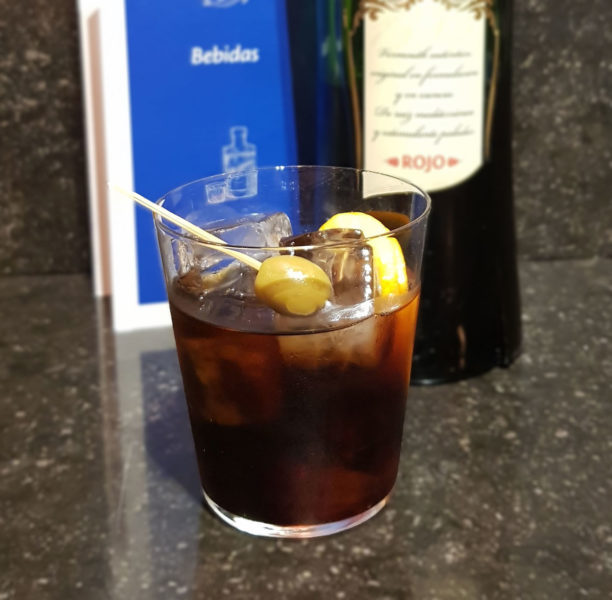
In Catalan, the home of Vermouth is Reus. In the 19th Century, Reus became the capital of Vermouth, blending a formula of 80 herbs and spices, and aged in oak barrels for a year, the recipe used today hasn’t really changed.
We sampled the oldest brand still being produced, notes of balsamic with flavours of orange and cinnamon garnished with olive and orange.
Where to get it in London? Sabor.
Sabor, is located on Heddon Street just off the tourist trail of London’s shopping mecca, Regent Street. A sizeable restaurant across two-floors, it has a stripped back rustic design featuring wooden floors, cast iron fittings and exposed brick walls which are sporadically adorned with colourful mosaic tiles.
The open layout on the ground floor provides a level of intimacy between the relationship of cook to customer particularly with diners seated along The Counter facing the open-kitchen. This is the best place to sit if you like to catch the buzz of a kitchen in full swing. Sabor has atmosphere aplenty and one of the many reasons it’s on our list of the best Spanish restaurants in London.
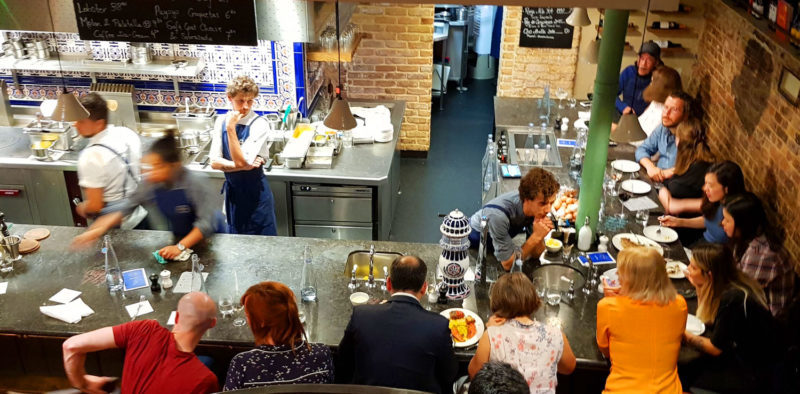
Up the spiral staircase to the first floor is El Asador, where diners can sit on large communal tables overlooking the open kitchen and enjoy a different Spanish dining experience where dishes are cooked in the asador, a traditional wood fired oven.
For a more casual affair, walk-ins are welcomed to stand at the poseur tables at the bar. Order your Vermouth and bar snacks like croquetes, cheese with black truffle or the Jamon Iberico which they’ll slice before your eyes.
Looking for other London experiences? Have you considered the Bermondsey Beer Mile?
Cava
The French have Champagne, the Italians have Prosecco, the Catalans have Cava.
Cava is made using the champenoise traditional method, is based upon the same techniques for making French Champagne. However the grapes used to make Cava are mostly local Spanish varietals such as Xarel·lo, Parellada, and Macabeo.
We found ourselves sampling a Cava from the place where it originated, the Penedès region, just an hour drive from Barcelona. With a Mediterranean climate, a mixture of soils on a varied landscape, the region produces Cava with a bouquet of aromas and distinctive flavours.
As one of the country’s major wine producing regions and home to several internationally recognized brands, almost all bottles of Cava hail from this region, so mention of Penedès tends to evoke images of the superb sparkling wine.
The Cava on our Correbars was a Brut, a dry sparkling wine comprised of three grape varietals. Each are hand-harvested before being blended after which a secondary fermentation takes place in bottle – ageing for a minimum of 12 months in the bottle in underground cellars. The end result is crisp citrus acidity with notes of brioche and floral and a soft toasty finish.
This Cava would pair well with just about every meal, in particular with seafood starters and tapas dishes.
Wine
I could write an entire post just on Catalan wines. Catalonia has eleven Denominació d’Origen (DO) designations for wine and one for cava. On our list for our next trip to Catalonia is the famous Cistercian Route, a driving route that connects three UNESCO World Heritage listed monasteries with nearby towns producing great wine.
One of these is Priorat, the only region in Catalonia, and only one of two in all of Spain, to be awarded the DOQ, Denominació d’Origen Qualificada (‘denomination of qualified origin’), the highest category in Spanish wine regulations, reserved for regions with above-average grape prices and particularly stringent quality controls.
Awarded the DOQ in 2003, Priorat is a small wine appellation on a challenging mountainous landscape which lies to the west of the province of Tarragona. The difficult landscape means there are no large-scale productions, just a small number of wineries with dedicated viticulturalists in this whole area.
Our fruity white wine, pale in colour with balanced notes of citrus, rose and dried mountain herbs originated from the vineyards of Terra Alta. A Gold Medal winner of Wines and Cavas of Catalonia Competition 2018, it’s the sort of wine that would pair perfectly with fish.
Where to get it in London? Tapas Brindisa.
Brindisa started out in London more than 30 years ago as the supplier of chorizo, Iberico ham and smoked paprika to virtually every Spanish restaurant in town. So food is something they certainly know a lot about.
Nowadays, Brindisa has 5 restaurants of their own across the city, serving up tapas with Spanish flair and a large plateful of merriment. We observed a continuous flow of hungry customers enter during our visit, with staff offering a swift service in the compact and narrow confines of the restaurant. Brindisa should definitely be on your list of the best Spanish restaurants in London.
Your Soho Correbars – Catalan Food to Savour
Pa amb tomàquet
Forget putting butter on your bread, Catalans have pa amb tomàquet, and the act of taking a piece of bread and spreading tomato on it is VERY Catalan. Simply add some salt to toasted pa de pagès bread, rub with tomato and garlic, top with extra virgin olive oil, and Voilà! I should say Bon Profit!
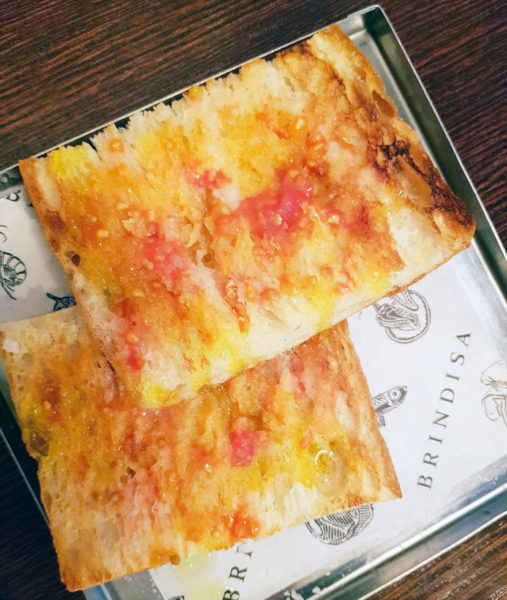
If you ask any Catalan local to name the best local meal of all time, most will probably reply “el pa amb tomàquet!”, it’s more than a simple recipe, culinary technique or custom, the gesture of rubbing tomato on a piece of bread is a sign of Catalan identity.
Where to get it in London? Tapas Brindisa
Croquettes
Everyone likes croquettes even if they don’t know it quite yet. Defined broadly as small fried rolls, there is a croquet for everyone, vegetarians included. These were fantastic and we will definitely be ordering again next week we’re heading to our favourite Spanish restaurants in London.
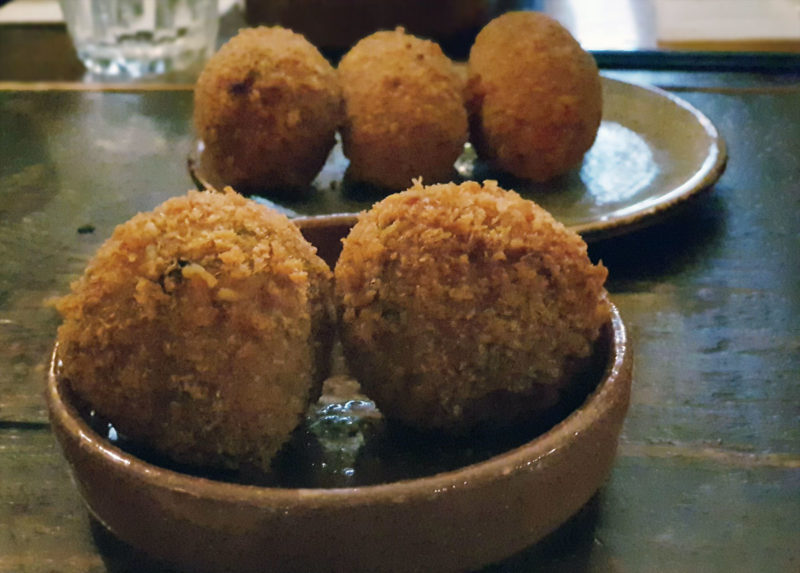
Traditional croquettes has a chicken base however ham is so common nowadays. A creamy filling is bursting with flavour and leaves one wondering what it is that makes this gooey concoction so delicious and so popular amongst locals. The vegetarian alternatives are plentiful, commonly mushroom or spinach. We tried both, while tasty, they’re not nearly as flavoursome and moreish as the crispy exterior and creamy interior of the ham.
Where to get it in London? Copita
Anchovy escalivada
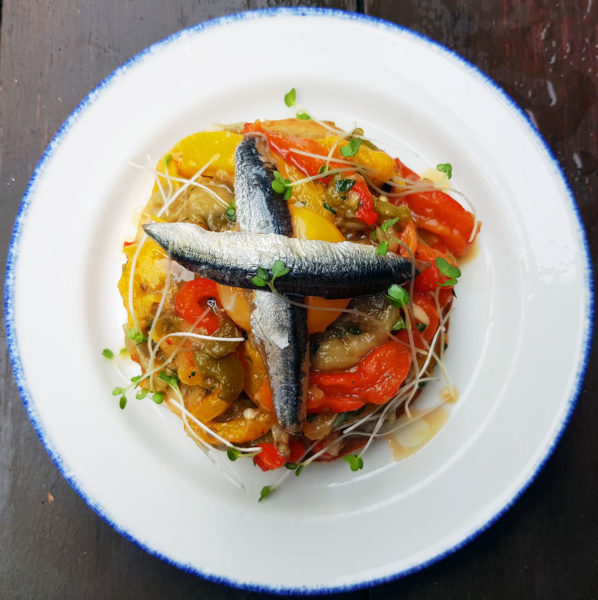
A typical Catalan dish, it takes its name escalivar, meaning “to cook in ashes,” referencing the preparation in the embers of a wood fire. The marinated peppers can be served in many ways such as tapas, as a relish for grilled meats or fish, in a salad with olives or as we tried it, with anchovies.
Where to get it in London? Copita
Esqueixada de bacallà
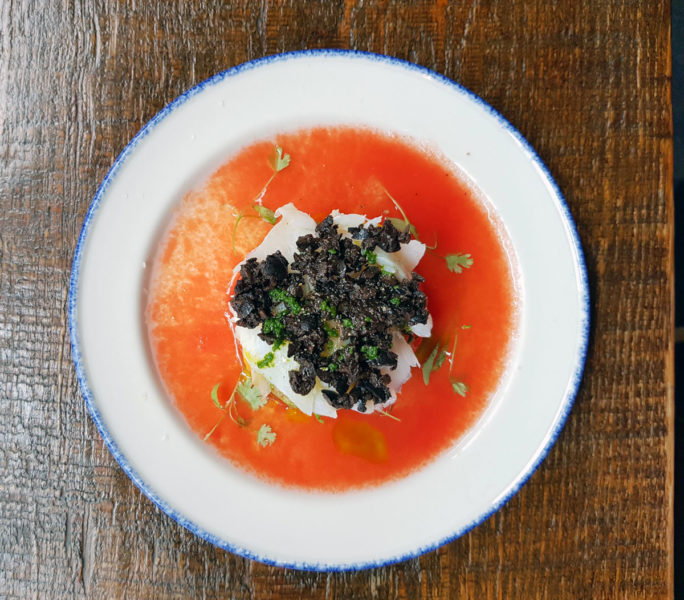
Esqueixada is a quintessential Catalan salad. The main ingredient is always salted cod. Served shredded with tomatoes, onions, olive oil and vinegar, salt, and sometimes garnished with olives or hard-boiled eggs.
Where to get it in London? Copita
Patates Braves
A classic and incredibly popular tapas dish of irregular dice-sized cubes of potato, fried in oil and served warm with a mix of sauce such as a spicy tomato sauce and allioli. This was fantastic and reason enough for Copita to make it on our list of the best Spanish restaurants in London.
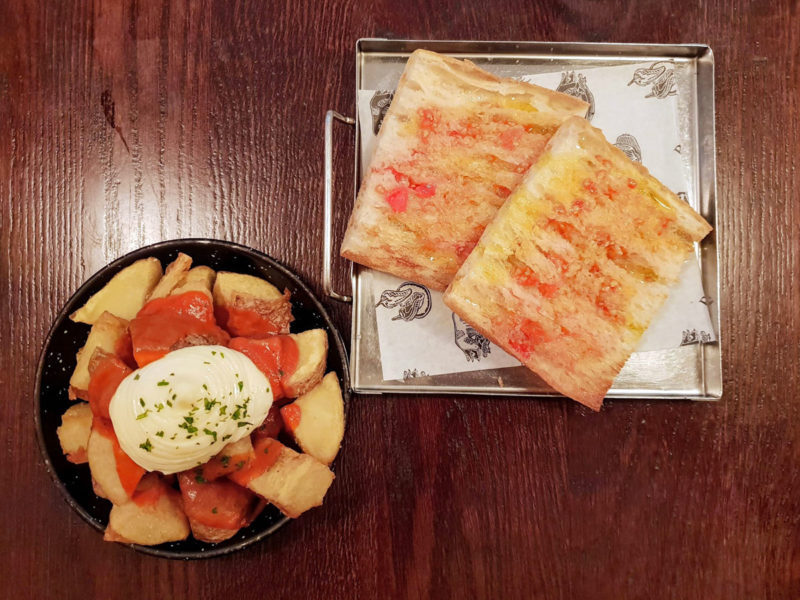
Where to get it in London? Tapas Brindisa
Final Thoughts
If you’re looking for the best Spanish restaurants in London then we don’t think you can go past a visit to Copita, Tapas Brindisa Soho, and Sabor Restaurant because not only is the food amazing but there drinks and atmosphere make for a fun and memorial night one. There’s definitely a reason why these restaurants have made the list of the best Spanish restaurants in London. And when you do go then let us know what your experience was like because we’d love to hear about it!
Ready to get started your own Correbars at some Spanish restaurants in London?
- Copita – 27 D’Arblay St, Soho, London W1F 8EP
- Tapas Brindisa Soho – 46 Broadwick St, Soho, London W1F 7AF
- Sabor Restaurant – 35-37 Heddon St, Mayfair, London W1B 4BR
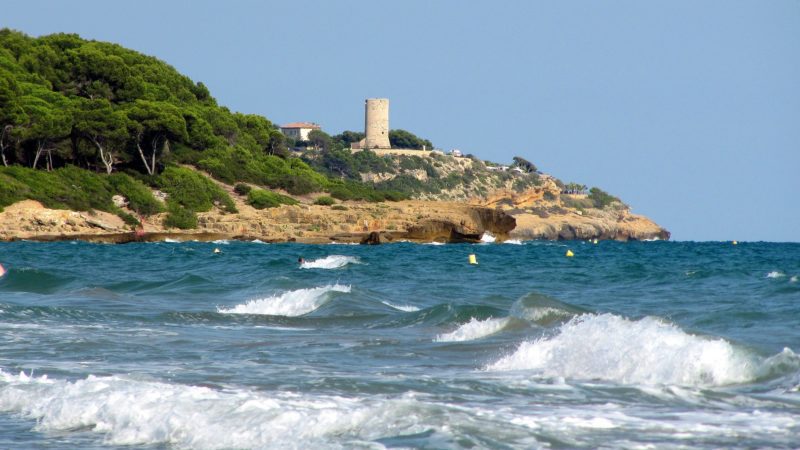
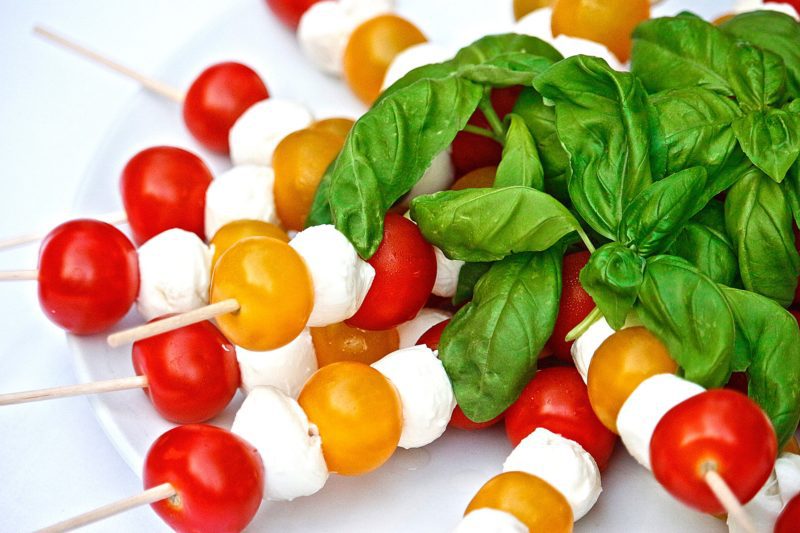
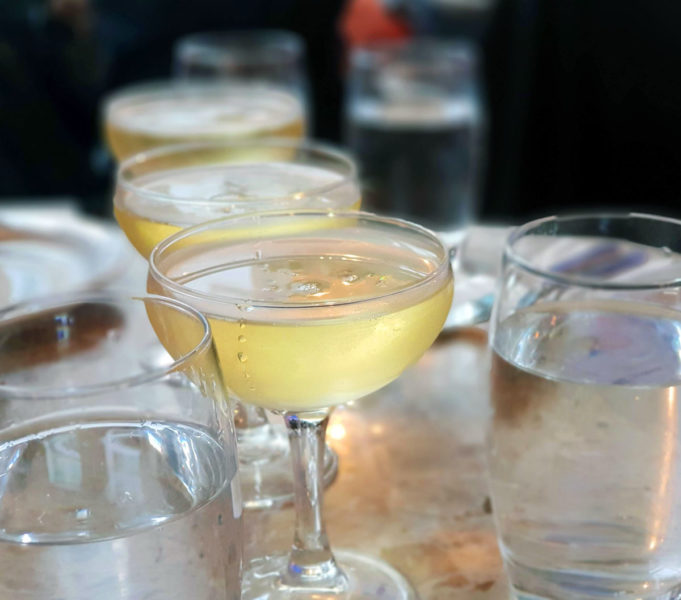
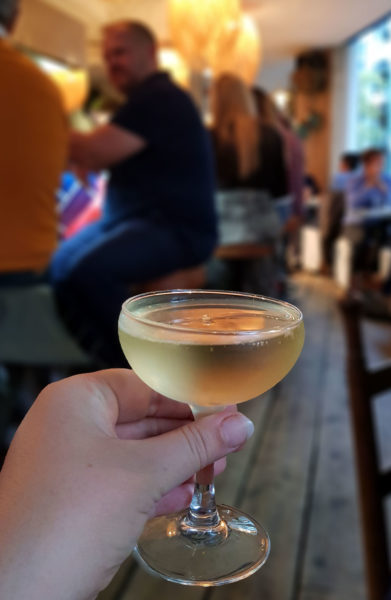
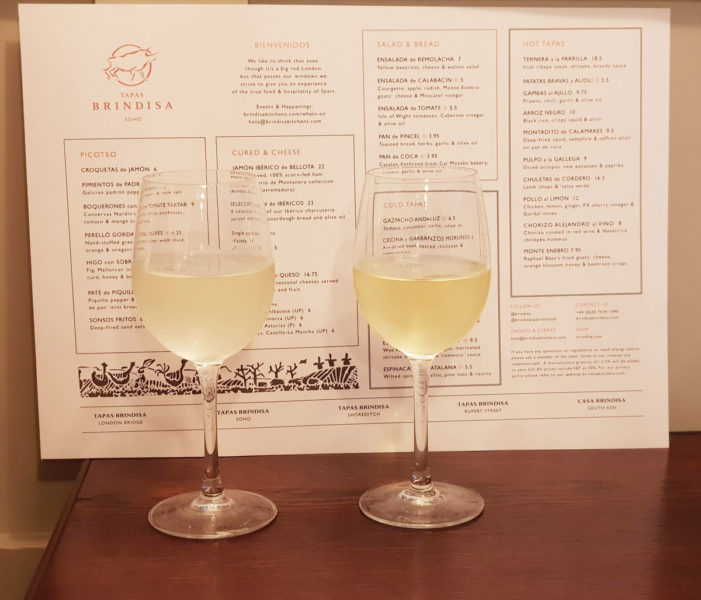
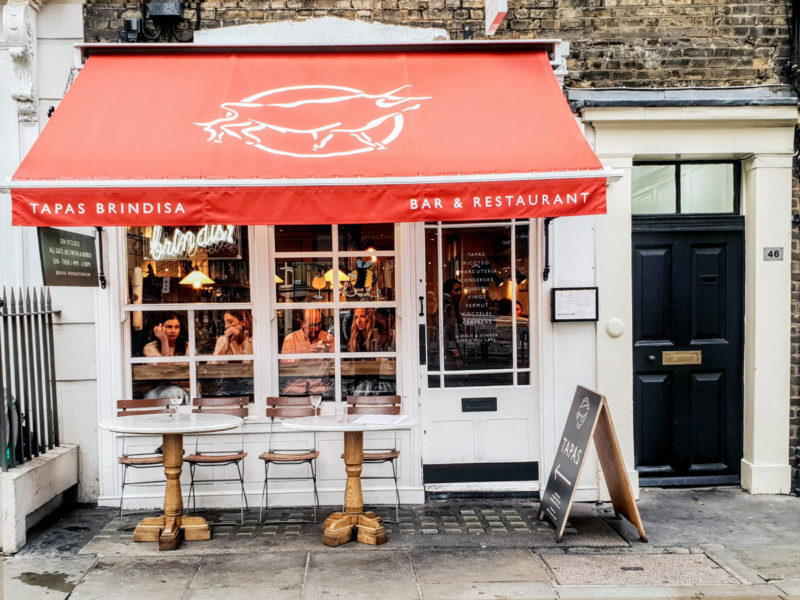
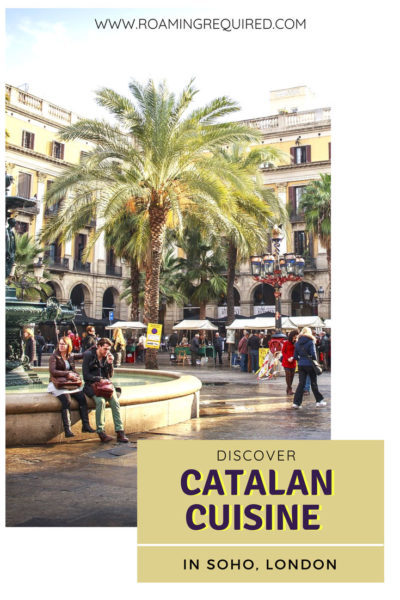
Ahhh yum! I love tapas so much but have only visited one of these restaurants (Brindisa which I love!) – I neeeeed to put the others on my list too! X
Laura // Middle of Adventure
That means there’s three more to add to your list! 🙂 Happy tapas trailing!
The pa amb tomàquet is a favourite of ours, we’ve made at home quite a few times mmmmm. Although, it tastes better in the Spanish sunshine.
I agree Janis, everything tastes better with a layer of sunshine 🙂